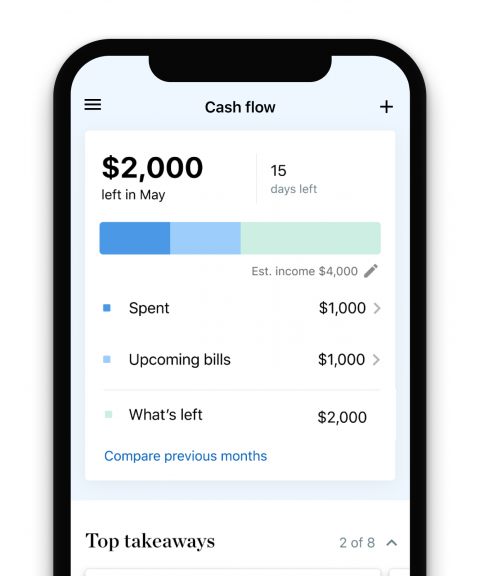Updated July 25 with the latest GDP estimate from the Bureau of Economic Analysis.
The U.S. GDP grew at nearly twice the rate it did in the first quarter of 2024, according to the advance estimate of real gross domestic product from the Bureau of Economic Analysis, released on July 25.
The GDP is the market value — in current dollars — of all goods and services produced within the United States in a given period. Real GDP adjusts that measure for inflation. Changes in GDP are expressed on an annualized basis.
The second quarter — April, May and June — saw an annual growth rate of real GDP by 2.8%, the advance estimate shows. That’s the first of three estimates the BEA will release for the second quarter.
The second quarter growth rate was higher than the first quarter, and lower when compared to the annual growth earlier in 2023:
1.4% annual rate of growth in Q1 2024.
3.4% annual rate of growth in Q4 2023.
4.9% annual rate of growth in Q3 2023.
2.1% annual rate of growth in Q2 2023.
2.1% annual rate of growth in Q1 2023.
The second estimate of GDP’s annual rate of growth in the second quarter, which will be based on more complete data, will be released Aug. 29.
Why did GDP increase in Q2 2024?
The increase in real GDP was largely due to increases in consumer spending, nonresidential fixed investment and private inventory investment. Imports, which subtract from GDP, also increased in the second quarter.
What did consumers spend money on in Q2 2024?
Within consumer spending, increases were recorded in both goods and services. Among the services that saw spending increases were health care, housing and utilities and recreation services.
And among spending on goods, these categories saw the largest increases:
Motor vehicles and parts
Recreational goods and vehicles
Furnishings and durable household equipment
Gasoline and other energy goods
How did personal income change in Q2 2024?
Personal income increased in Q2 2024 while personal savings slowed, according to the report.
Current-dollar personal income (all sources of income including wages and salaries, government benefits, dividends and interest, business ownership and more) increased $237.6 billion in Q2 2024, according to the advance estimate. In Q1 2024, current-dollar personal income increased $396.8 billion.
Disposable personal income (equal to personal income minus taxes) increased 3.6% in the second quarter compared to a 4.8% increase in the first quarter of 2024. Real disposable personal income also increased 1.0% in the second quarter compared to a 1.3% increase in the first quarter.
The rate of personal savings (personal savings as a percentage of disposable personal income) slowed in Q2: 3.5% compared with 3.8% in Q1 2024.
How did GDP in 2023 compare to recent years?
In 2020, at the beginning of the COVID-19 pandemic, the annual rate of GDP dropped to levels far below even those during the Great Recession, federal data shows. By the end of 2020 and into 2021, GDP rebounded quickly. However, the first two quarters of 2022 showed signs of slowing down before a more robust finish at the end of the year.
GDP continued its upward trajectory throughout 2023: Real GDP increased 2.5% in 2023, a 0.6 percentage point increase from real GDP in 2022 (1.9%). That rise was largely due to consumer spending, nonresidential fixed investment, state and local government spending, exports, and federal government spending. GDP growth was partly offset by decreases in residential fixed investment and inventory investment. Imports, which are not included in the total GDP calculation, decreased.
Here’s what else factored into overall GDP in 2023:
The current-dollar GDP increase slowed, rising 6.3% (about $1.61 trillion) in 2023, compared with a 9.1% increase in 2022.
The price index for gross domestic purchases increased 3.4% in 2023. Compare that with a 6.8% increase in 2022.
The Personal Consumption Expenditures price index increased 3.7% in 2023, compared with 6.5% in 2022. The core PCE — minus food and energy — increased 4.1% compared with an increase of 5.2%. The Federal Reserve watches the core PCE closely when determining rate hikes.
Photo by Justin Sullivan/ Getty Images News via Getty Images



